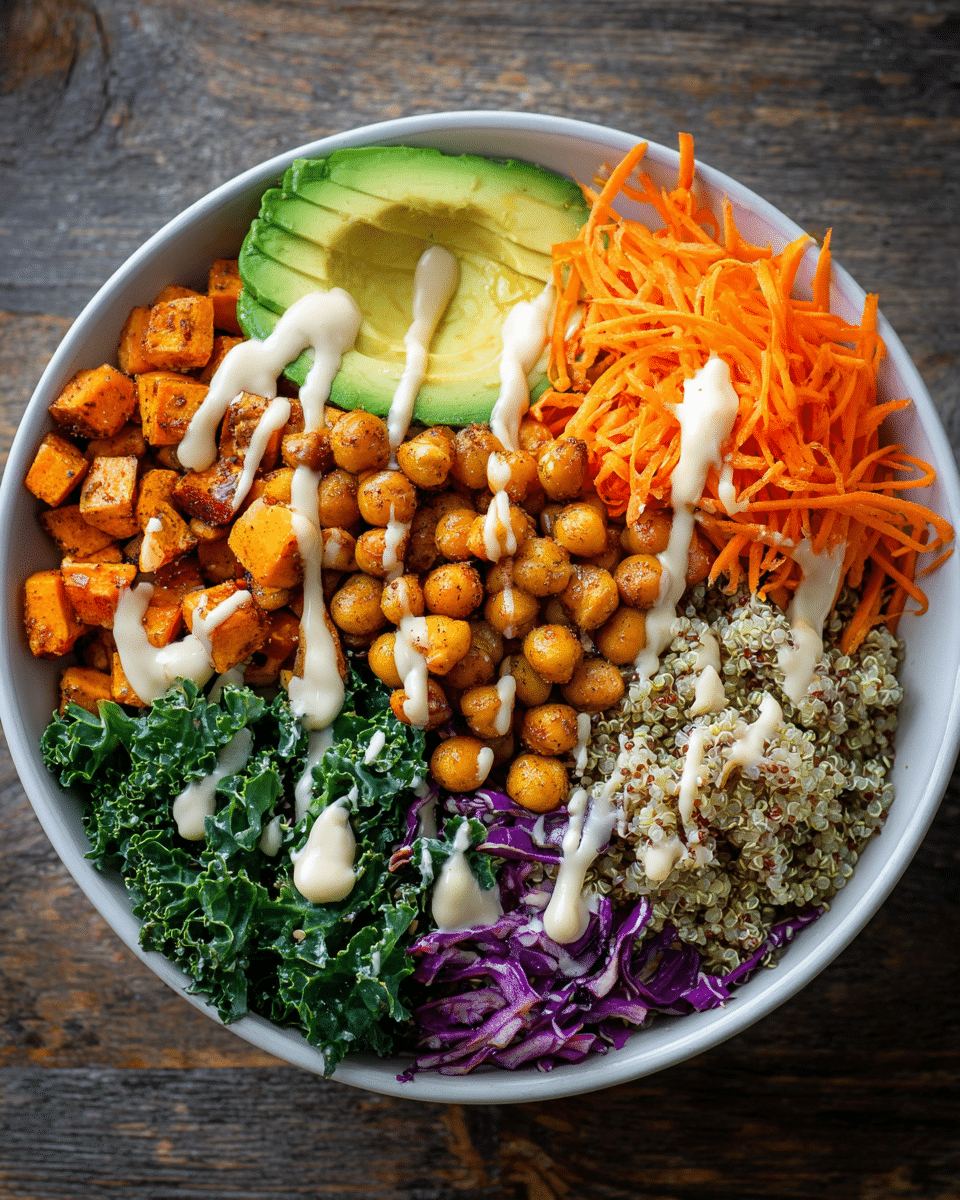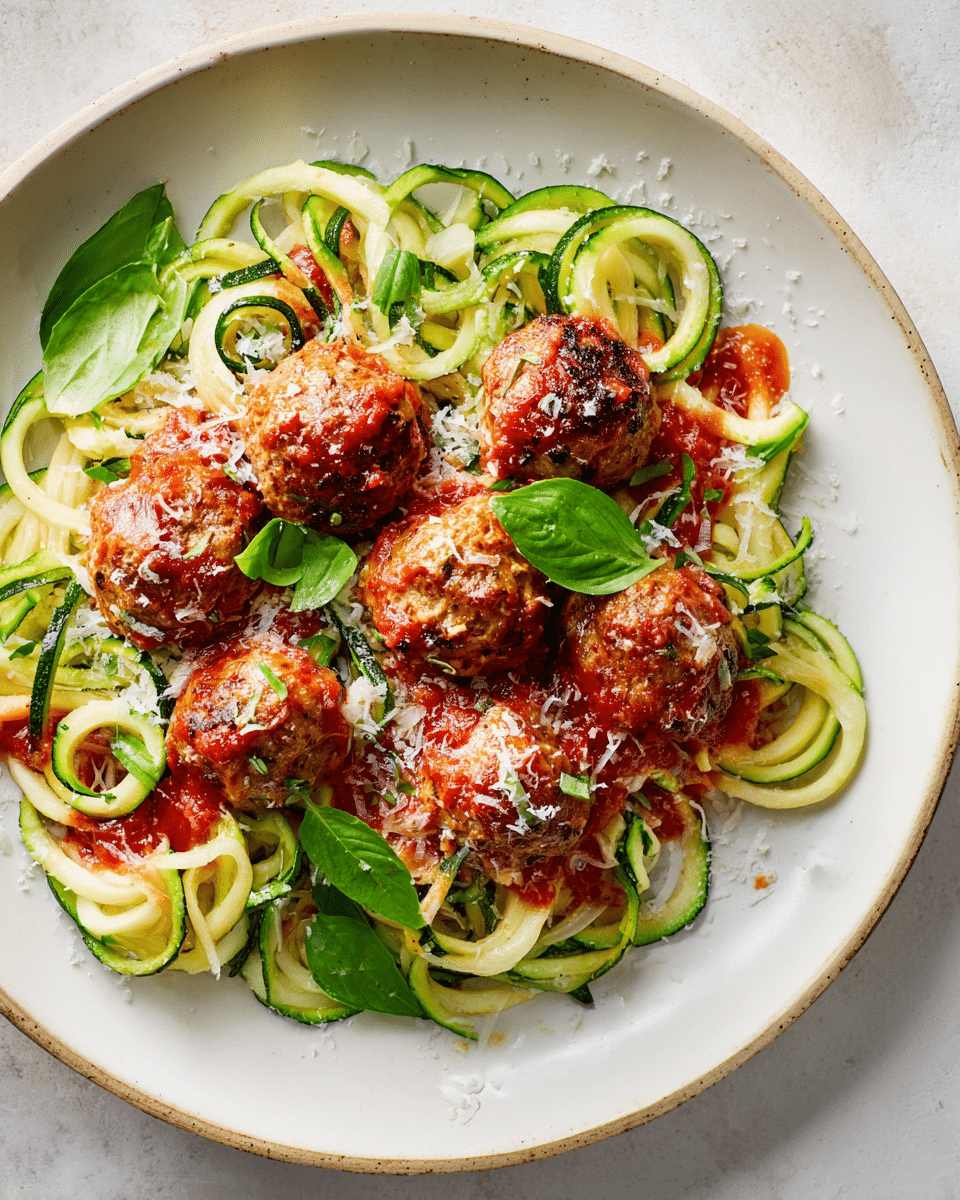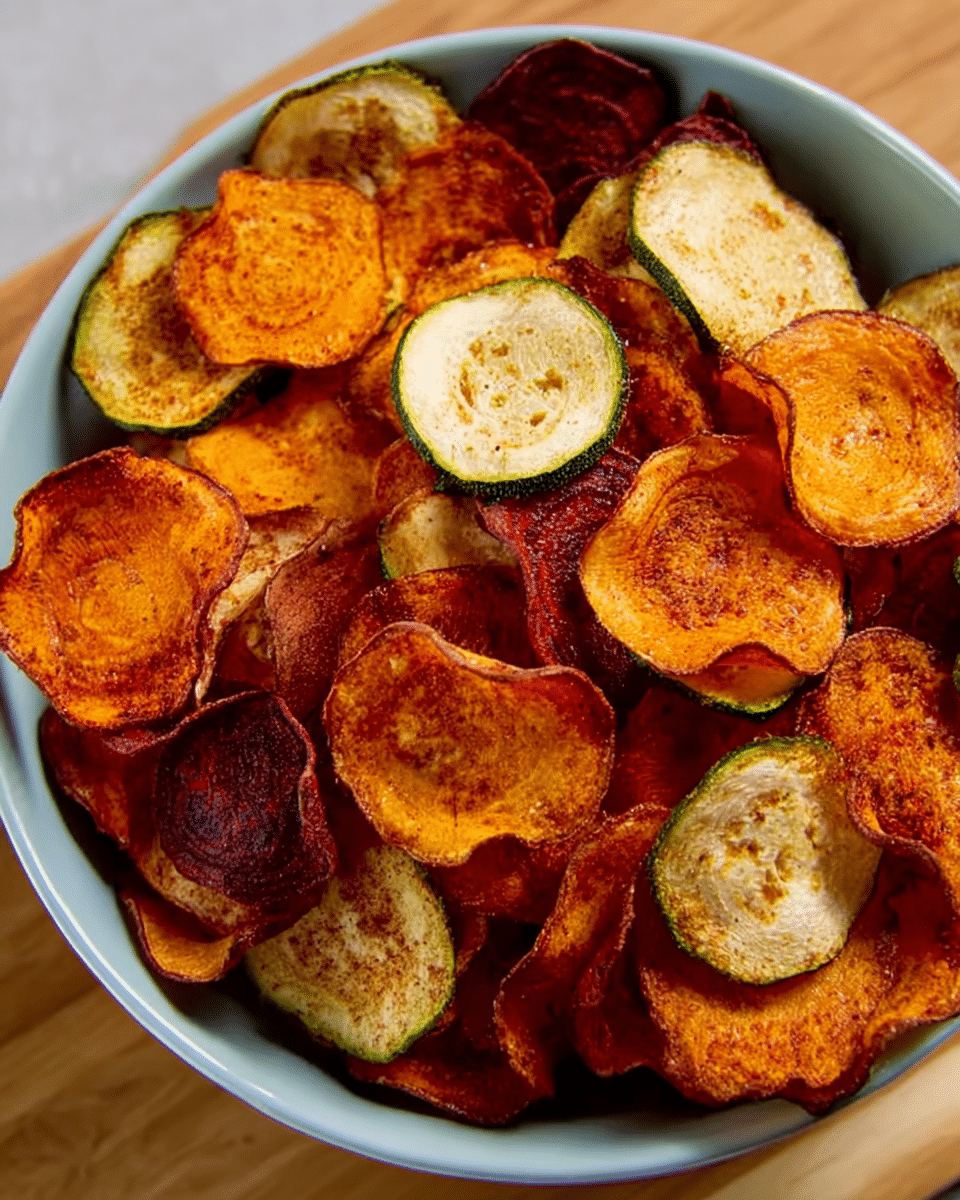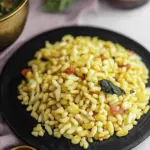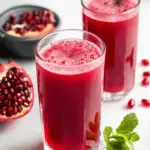A Roasted Chickpea & Kale Buddha Bowl is a nourishing, plant-based dish packed with fiber, protein, and vibrant flavors.
FULL RECIPE
Ingredients
1.For the bowl:
- 1 can (15 oz) chickpeas, drained, rinsed, and patted dry
- 1 tbsp olive oil
- 1/2 tsp smoked paprika
- 1/2 tsp ground cumin
- 1/4 tsp salt
- 1/4 tsp black pepper
- 1 cup cooked quinoa (or brown rice)
- 2 cups kale, de-stemmed and chopped
- 1 cup shredded carrots
- 1 small avocado, sliced
- 1/2 cup red cabbage, shredded
- 1/4 cup pumpkin seeds (optional)
2.For the tahini dressing:
- 3 tbsp tahini
- 1 tbsp lemon juice
- 1 tsp maple syrup
- 1 clove garlic, minced
- 2–3 tbsp water (to thin as needed)
- Salt to taste
Directions
- Preheat oven to 400°F (200°C).
- Spread chickpeas on a lined baking sheet, drizzle with olive oil, and season with smoked paprika, cumin, salt, and pepper. Roast for 25–30 minutes, shaking halfway through, until golden and crispy.
- While chickpeas roast, massage kale with a tiny drizzle of olive oil and a pinch of salt until tender (about 2 minutes).
- Cook quinoa if not done already.
- Prepare the tahini dressing by whisking all dressing ingredients in a bowl until smooth. Add water gradually until desired consistency is reached.
- Assemble the bowl: Start with a base of quinoa, then layer in kale, carrots, cabbage, avocado, and roasted chickpeas.
- Drizzle with tahini dressing and top with pumpkin seeds, if using.
- Serve immediately or store in containers for meal prep.
Nutrition Facts
- Serving Size: 1 bowl (Recipe serves 2)
- Calories: 520
- Total Fat: 27g
- Saturated Fat: 4g
- Trans Fat: 0g
- Cholesterol: 0mg
- Sodium: 480mg
- Total Carbohydrates: 52g
- Dietary Fiber: 13g
- Sugars: 6g
- Protein: 18g
- Vitamin A: 160% DV
- Vitamin C: 90% DV
- Calcium: 15% DV
- Iron: 30% DV
Health Benefits of Chickpeas
Chickpeas are a nutrient-rich legume that play a key role in this recipe by providing plant-based protein, fiber, and complex carbohydrates. They help regulate blood sugar, support digestive health, and offer a satisfying texture when roasted. Chickpeas are also a great source of essential vitamins and minerals like folate, iron, and manganese, making them a smart choice for those looking to maintain energy levels and support overall wellness. In a Buddha bowl, their crunch and flavor elevate the dish while contributing to its nutritional profile.
Why Kale is a Superfood Staple
Kale is widely considered one of the most nutrient-dense vegetables, offering high levels of vitamins A, C, and K, along with calcium and antioxidants. In this Buddha bowl, kale adds not only texture and a vibrant green color, but also detoxifying benefits and anti-inflammatory properties. Massaging the kale before assembling the bowl helps to reduce its bitterness and improve digestibility. Its versatility and health-promoting properties make it a key element in plant-forward meals like this one.
Balanced Macros for Sustained Energy
The Roasted Chickpea & Kale Buddha Bowl provides a well-balanced macronutrient profile, including healthy fats from tahini and avocado, plant-based protein from chickpeas and seeds, and complex carbohydrates from quinoa. This balance supports steady energy levels, promotes satiety, and aids in blood sugar regulation. Eating a combination of these macronutrients in one meal helps prevent afternoon slumps and keeps hunger at bay longer than refined-carb-heavy meals.
Tahini Dressing: More Than Just Flavor
Tahini, a paste made from ground sesame seeds, is a star ingredient in the dressing for this Buddha bowl. Rich in healthy fats, calcium, and B vitamins, tahini adds creaminess and depth without the need for dairy. The lemon juice, garlic, and maple syrup in the dressing balance its earthy flavor and add brightness. This dressing not only ties the components together but also enhances the nutrient absorption of fat-soluble vitamins in the salad ingredients.
Meal Prep-Friendly and Convenient
One of the best features of this recipe is its suitability for meal prep. The ingredients store well for several days when kept in airtight containers, and the dressing can be made ahead of time. For busy individuals, assembling a few bowls at the start of the week ensures access to a quick, nourishing meal even on hectic days. The ability to enjoy this bowl hot or cold further adds to its versatility and appeal for those looking to streamline healthy eating.
Customization for Every Preference
This Buddha bowl can easily be tailored to suit different tastes and dietary needs. For example, those avoiding grains can swap quinoa for cauliflower rice, or use different greens like spinach or arugula. Adding toppings like roasted sweet potatoes, pickled onions, or fermented vegetables can bring in new flavors and boost the dish’s probiotic content. Its modular nature means it can be endlessly reinvented while maintaining its core nutritional value.
A Vegan and Gluten-Free Option
The recipe is both naturally vegan and gluten-free, making it accessible to people with a variety of dietary restrictions. There are no animal products or gluten-containing grains, and each component is whole-food-based. This inclusivity makes it an excellent choice for hosting guests, accommodating allergies, or preparing food for potlucks and gatherings where diverse diets must be considered. It proves that inclusive eating can be flavorful and satisfying without compromise.
Colorful and Visually Appealing
The combination of kale, purple cabbage, carrots, and avocado creates a bowl that is not only nutritious but also visually stunning. Colorful meals often contain a broader spectrum of nutrients, thanks to the pigments found in different vegetables. A vibrant plate also stimulates appetite and enhances the overall eating experience. This Buddha bowl’s bold colors make it Instagram-worthy and enjoyable to serve, whether at home or in a café setting.
High Fiber Content for Digestive Health
Thanks to the chickpeas, kale, carrots, and cabbage, this dish is rich in dietary fiber. Fiber plays a crucial role in digestive health by promoting regular bowel movements, feeding beneficial gut bacteria, and helping to reduce cholesterol levels. High-fiber meals like this one contribute to feelings of fullness, which can support healthy weight management and reduce overeating. This bowl is a great option for anyone looking to improve their digestive wellness naturally.
Mindful Eating and Portion Control
Buddha bowls, including this roasted chickpea and kale version, encourage mindful eating through their presentation and variety of textures. By taking time to appreciate the visual appeal, aromas, and flavors, individuals are more likely to slow down and enjoy their meal, leading to better satiety cues and portion awareness. Unlike processed meals, this whole-food bowl encourages tuning into your body’s hunger signals, which supports healthier eating habits over time.
Sustainability and Plant-Based Living
Choosing plant-based meals like this Buddha bowl contributes positively to environmental sustainability. The production of legumes and vegetables requires significantly fewer natural resources compared to animal-based foods. By incorporating more plant-forward dishes into your weekly routine, you reduce your carbon footprint and promote agricultural practices that are gentler on the planet. This meal is an excellent example of how sustainability and nutrition can align on a single plate.
Conclusion
The Roasted Chickpea & Kale Buddha Bowl is more than just a trendy recipe—it’s a celebration of whole, nourishing ingredients that support physical health, environmental sustainability, and culinary creativity. Whether you’re looking to increase your plant intake, prepare meals ahead of time, or enjoy a colorful, balanced dish, this Buddha bowl checks all the boxes. With its blend of textures, nutrients, and flavors, it’s a meal you’ll return to time and again, not only for its taste but for its lasting benefits.

